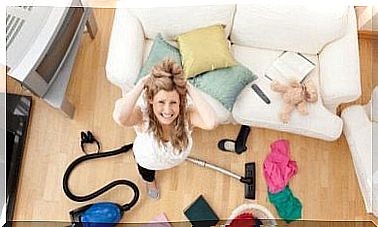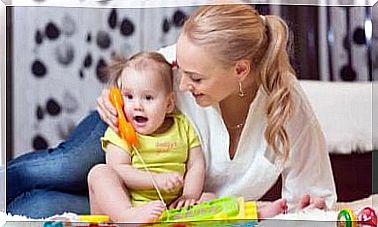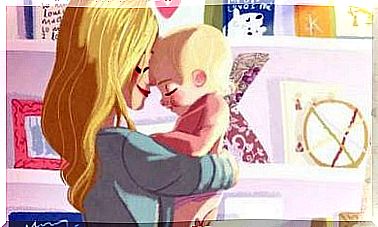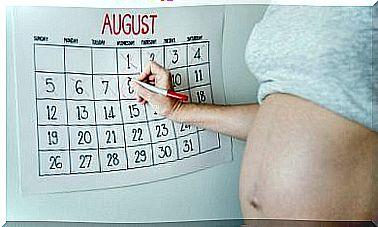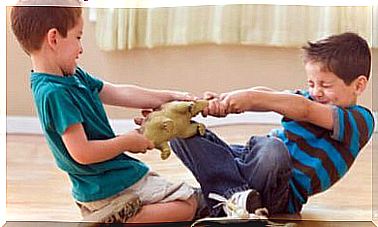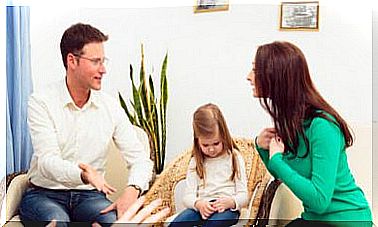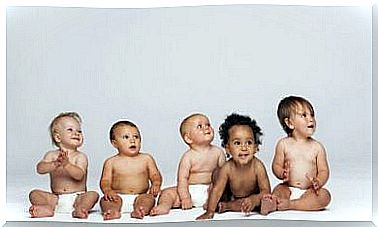Improving Self-control In Children: 3 Techniques
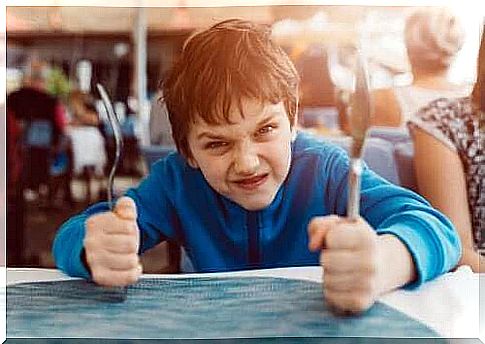
In this article we present three techniques that allow you to improve self-control in children can.
Self-control in children is the ability to properly control their behavior and manage their emotions, feelings, and thoughts. However, toddlers and children have yet to develop this ability. Therefore, they need to learn self-control, work on it and train it through certain exercises.
The techniques and activities you learn below can be beneficial for your family as well as at school. And that’s great as these are the environments where kids learn the most.
3 techniques to increase self-control in children

1. The traffic light technique to improve self-control in children
The traffic light technology helps the little ones to understand and deal with their own negative impulses, behaviors and emotions. This technique uses the symbol of a traffic light and teaches children to find appropriate solutions to various situations in which they feel angry or frustrated.
With this in mind, children can remember the colors of the traffic lights when they find themselves in any of these situations. Each color corresponds to a specific action:
- Red : Stop everything and take a moment to take a deep breath and calm down.
- Yellow : Think about possible alternatives.
- Green : Take action and implement the best solution.
As you can see, this technique is simple and easy for the little ones to understand. By using it, children learn to recognize the sensations that precede impulsive behavior and learn to calm down. In return, they manage to resolve their conflicts satisfactorily and act appropriately.
Finally, you can play a game with your children to really test their understanding of the technique – and then deepen it too. For example, you can act out and discuss various potential situations in which they might need to resort to technology to see how they would react.
2. Recognize what is right and what is wrong
In this activity, children work on regulating their behavior based on their knowledge of which behaviors are appropriate and which are inappropriate. To put the exercise into practice, the children should look at a series of pictograms that represent a variety of good and bad behaviors.
Then the little ones should describe the meaning of each pictogram they observe. If the meaning is difficult for them to interpret, you can help them with it. Finally, you can ask them to break down the pictograms (or behaviors) as follows:
- On a piece of green cardboard, they should place the behaviors they consider acceptable.
- On a piece of red cardboard they should place the behaviors they consider unacceptable.

3. Improve self-control in children with the if … then … exercise
The If … Then … exercise increases self-control in children by helping them think. Here you are thinking about how you would behave in the face of a range of hypothetical situations.
The children are given a piece of paper with a table with two columns on it. The word “If” appears at the top of the first column. The word “then” appears at the top of the second column.
In the first column, under “If”, the children place pictures that represent situations that:
- reveal a conflict,
- are frustrating
- Cause fear and stress,
- Cause boredom or fatigue
Then the children observe a series of different pictograms: a mother, a father, a teacher, and the acts of breathing, speaking, thinking, apologizing, etc.
Children should choose the pictograms they consider necessary to respond to the situation at hand. As soon as you have made your selection, place the selected pictograms in the second column under “Then” in the order in which you should execute them.
For example, the “If” section may show a child feeling frustrated because they cannot do their homework. In the “Then” column, children can place the following pictograms in sequence: breathe, think, let the teacher know. In this way, they learn to master situations theoretically and can later implement this successfully.
